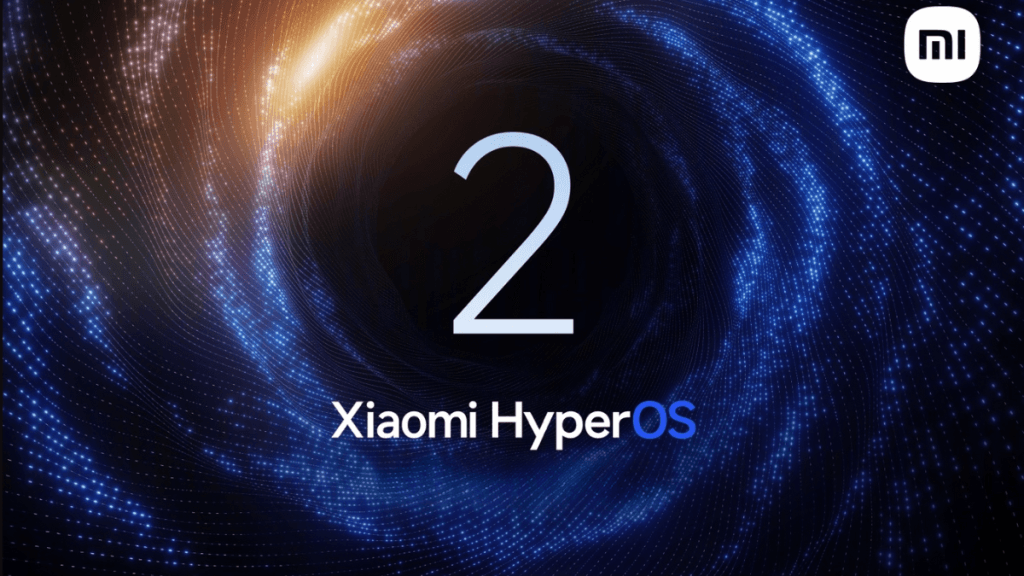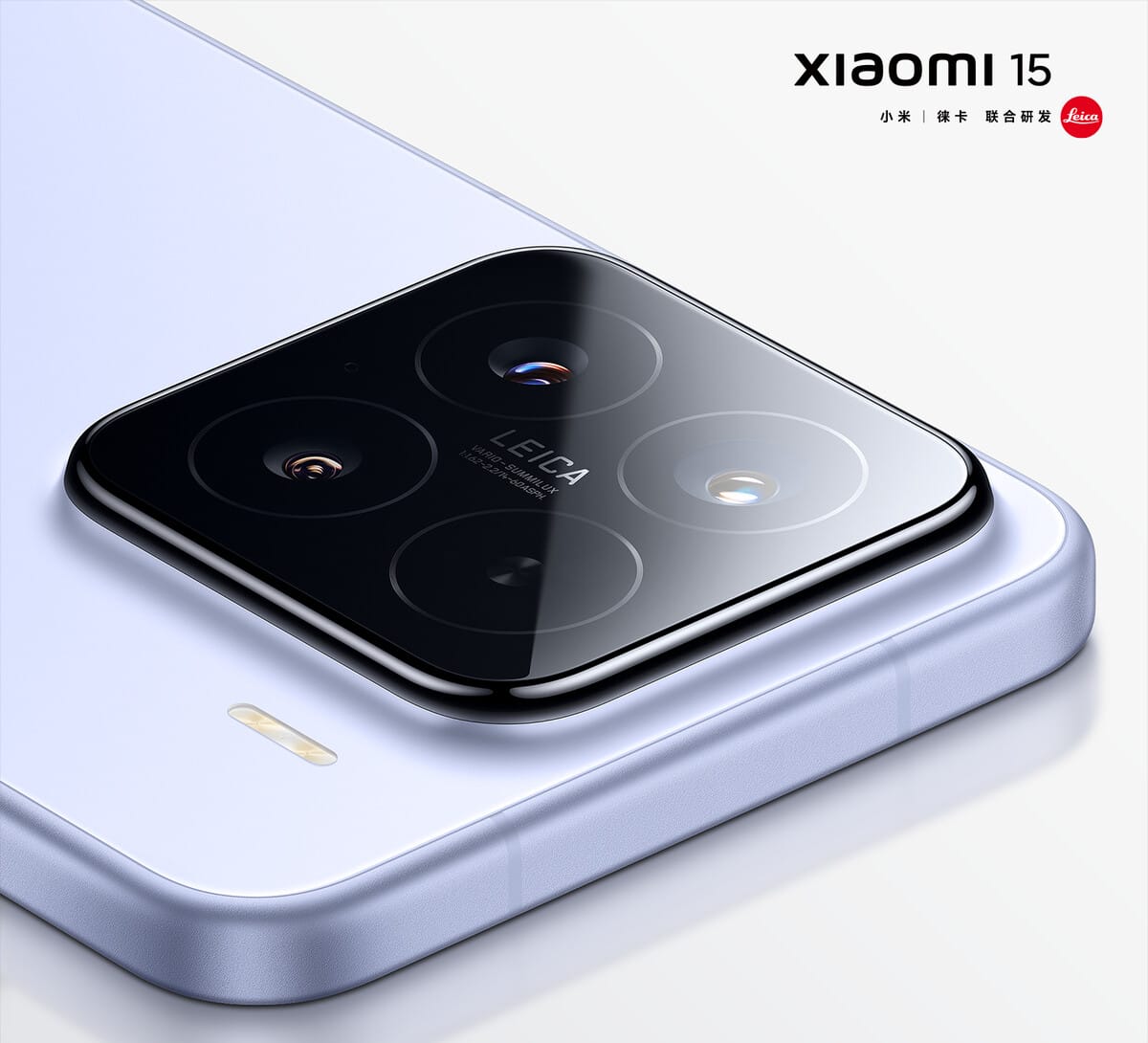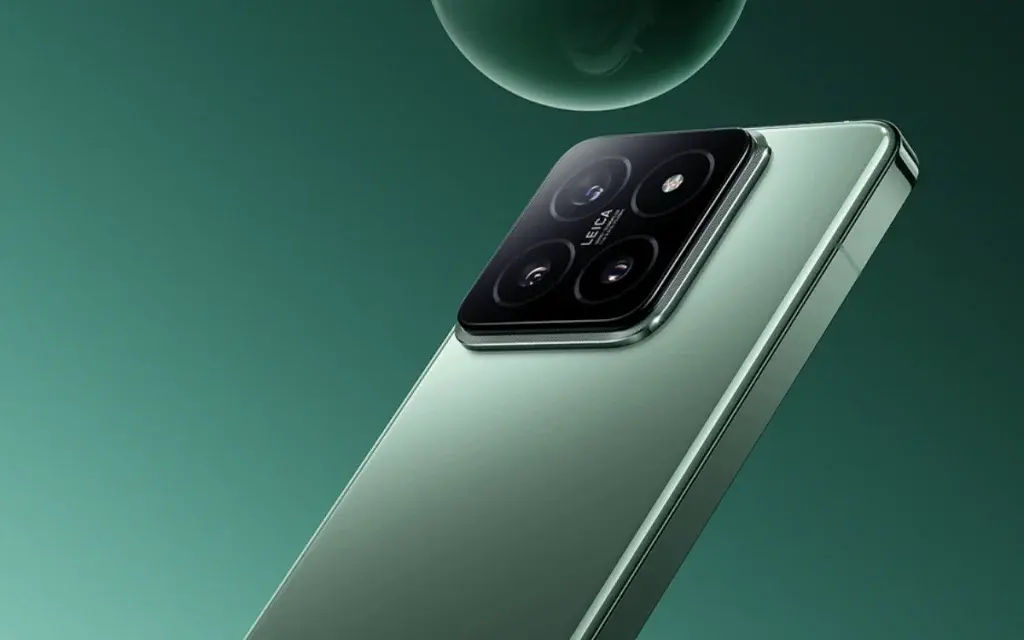Xiaomi has recently introduced two new smartphones to the Indian market – the Xiaomi 14 and the Xiaomi 14 Civi. Although they share the Xiaomi 14 name, these devices cater to different audiences, offering unique features and pricing.
To clarify, the Xiaomi 14 Civi is the budget-friendly counterpart to the Xiaomi 14. Let’s explore its specifications to see how it measures up against the Xiaomi 14 and why it is priced more affordably.
Xiaomi 14 Civi
Design and Display
The Xiaomi 14 Civi is distinguished by its elegant four-side micro-curved design on both the front and back, lending it a sleek, premium look. It is 7.45mm thick and is available in three stylish variants: Cruise Blue Dual-Slice, Matcha Green Nano-Tech Vegan Leather (7.75mm thick), and Shadow Black Classic Matte.
In contrast, the Xiaomi 14 features a flat-edge design with rounded corners and a frosted glass back, making it comfortable to hold and visually appealing. It is slightly thicker at 8.20mm but boasts an ultra-narrow 71.5mm body, making it ideal for one-handed use. The Xiaomi 14 comes in Jade Green, Matte Black, and Classic White color options.
Both phones offer impressive displays, but the Xiaomi 14 Civi stands out with its larger 6.55-inch 1.5K micro-curved AMOLED panel. It features a peak brightness of 3000 nits and a 120Hz refresh rate for smooth visuals. The Xiaomi 14, though slightly smaller at 6.36 inches, also features a 1.5K OLED flat TCL C8 LTPO panel with the same peak brightness and a variable refresh rate of 1-120Hz to optimize power consumption. Both displays support Dolby Vision and HDR10+ for vibrant, lifelike content.
Performance and Software
Under the hood, both phones are powered by the latest Snapdragon processors: the Xiaomi 14 Civi with the Snapdragon 8s Gen 3 and the Xiaomi 14 with the Snapdragon 8 Gen 3. These powerful processors ensure smooth multitasking, fast app launches, and seamless gaming experiences. The Xiaomi 14 Civi offers up to 12GB of LPDDR5X RAM, while the Xiaomi 14 comes with 12GB of RAM as standard. Both models provide ample storage options, with the Xiaomi 14 Civi offering up to 512GB UFS 4.0 and the Xiaomi 14 also offering 512GB UFS 4.0.
In terms of software, both phones run on Android 14-based Xiaomi HyperOS, offering a fluid and feature-rich user interface. Xiaomi has committed to providing three years of Android OS updates and four years of regular security updates for the Xiaomi 14 Civi. Meanwhile, the Xiaomi 14 will receive four generations of Android OS upgrades and five years of security patches.
Cameras
The Xiaomi 14 Civi and Xiaomi 14 both excel in the camera department, featuring triple rear camera setups. The Xiaomi 14 Civi boasts a 50MP primary sensor with a Leica Summilux lens, a 12MP ultra-wide camera, and a 50MP 2X telephoto camera. This combination enables versatile photography, capturing stunning photos in various lighting conditions and offering excellent zoom capabilities.
The Xiaomi 14 also sports a 50MP primary sensor with Leica optics, a 50MP ultra-wide camera, and a 50MP 3.2X telephoto camera. Its camera system surpasses the Civi’s, delivering exceptional image quality and detail.
For selfies and video calls, the Xiaomi 14 Civi features a dual 32MP front camera setup, including an ultra-wide camera with a 100° field of view, while the Xiaomi 14 has a 32MP front-facing camera capable of 4K 60fps video recording.
Battery and Charging
The Xiaomi 14 Civi packs a 4700mAh battery with 67W wired fast charging, promising a full charge in just 40 minutes. While it lacks wireless charging, its fast wired charging ensures minimal downtime.
In contrast, the Xiaomi 14 boasts a slightly smaller 4610mAh battery but offers faster 90W wired charging, achieving a full charge in an even shorter 31 minutes. Additionally, it supports 50W wireless charging and 10W reverse wireless charging, adding convenience for users who prefer wireless options.
Price and Availability
The Xiaomi 14 Civi starts at Rs. 42,999 for the 8GB + 256GB variant, while the 12GB + 512GB model is priced at Rs. 47,999. Pre-orders began on June 12th, with availability in stores and online platforms starting June 20th.
The Xiaomi 14 is available in a single 12GB + 512GB configuration and is priced slightly higher at Rs. 69,999. It has been available since March 11th through various channels, including Mi.com, Flipkart, Amazon.in, and Xiaomi retail stores.
Why Xiaomi 14 Civi is cheaper than Xiaomi 14?
While both phones offer excellent performance and features, the Xiaomi 14 Civi makes certain compromises to achieve its lower price point. Notably, the 14 Civi features a slightly slower Snapdragon 8s Gen 3 chip compared to the Snapdragon 8 Gen 3 found in the Xiaomi 14.
Additionally, the Xiaomi 14 Civi’s camera setup, while impressive, is considered a downgrade compared to the Xiaomi 14’s Leica-backed triple camera system, which includes a better ultra-wide camera and more optical zoom. However, the 14 Civi stands out with its dual front-facing cameras. The 14 Civi also lacks features such as wireless charging, water resistance (IP68), and the extended software support promised for the Xiaomi 14, further contributing to its more affordable price compared to the higher-end model.






















